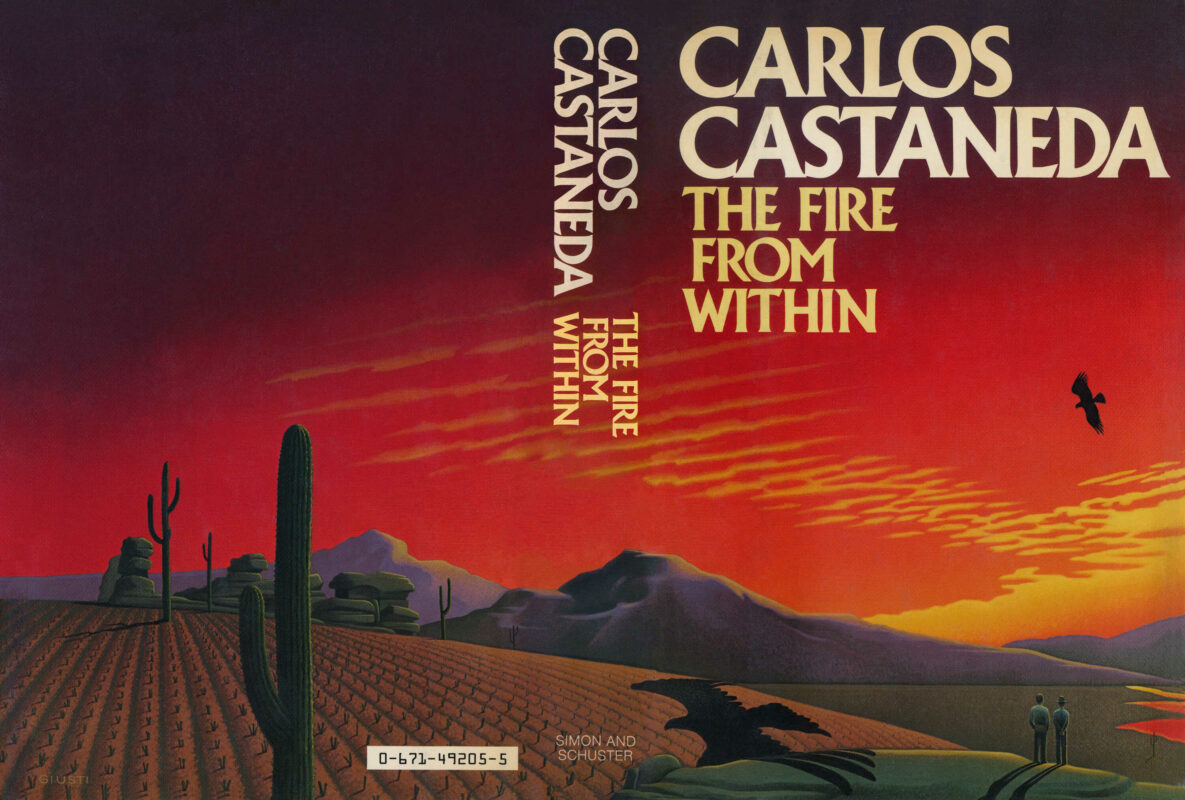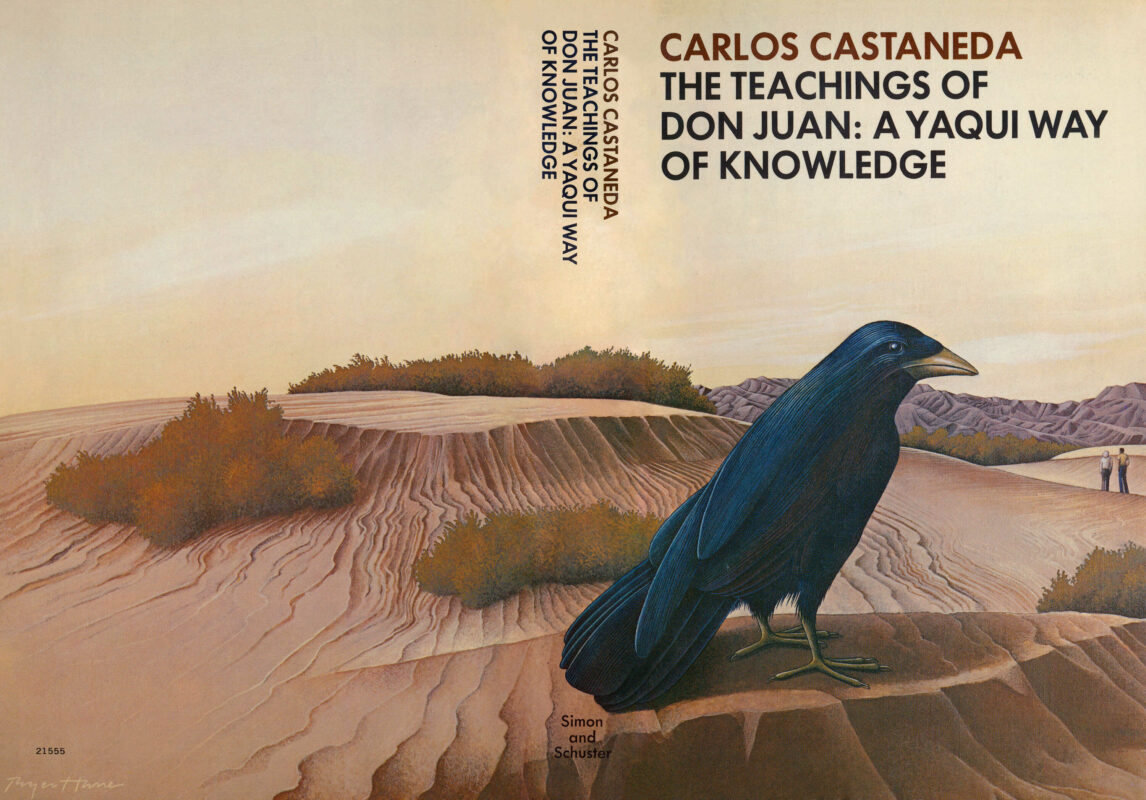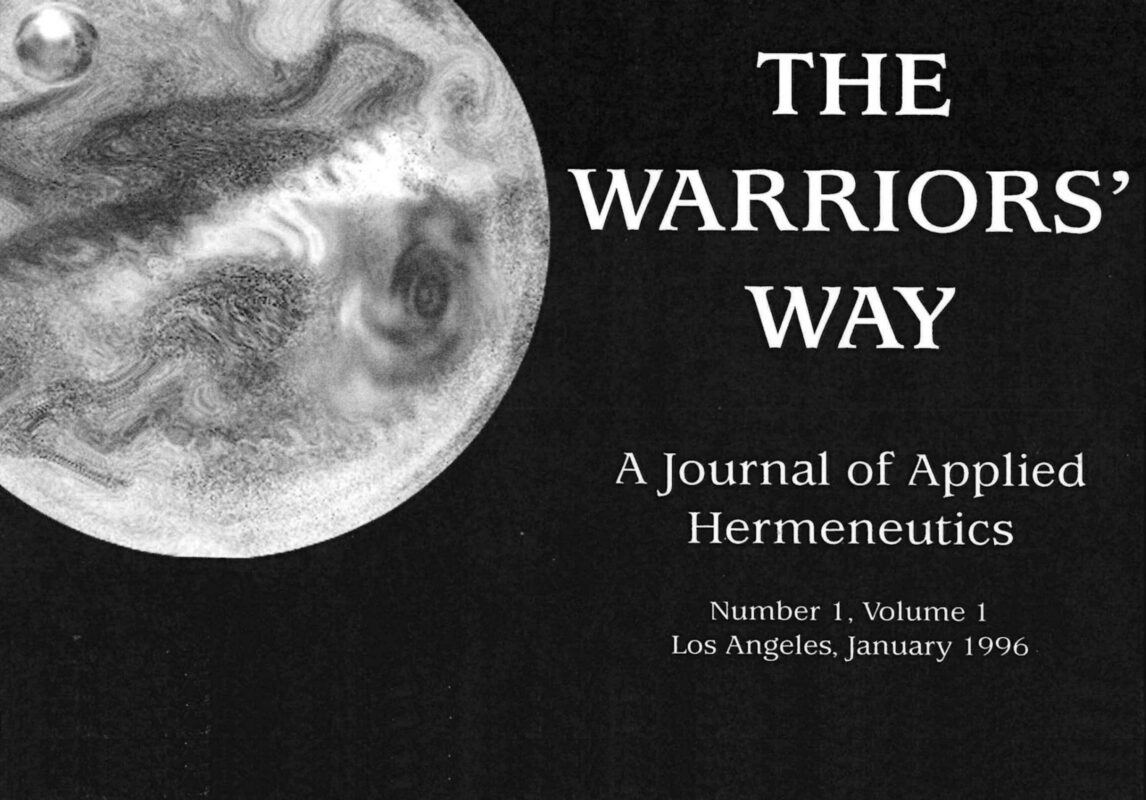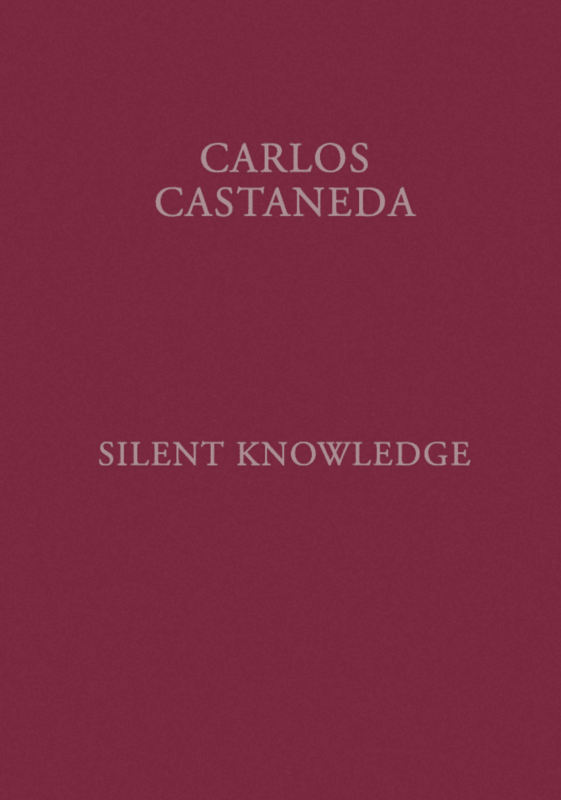Epilogue – The Fire from Within
Don Juan concludes his teachings by assembling his party and apprentices on a mountaintop, preparing for their final departure into total awareness. He emphasizes that the manipulation of intent through sober commands, coupled with inner silence, is key to shifting assemblage points. This maneuver, vital for new seers, allows them to achieve total freedom by escaping the Eagle, unlike the old seers who merely shifted to other dreaming positions to delay death. Don Juan clarifies that freedom is the Eagle’s gift, attainable with sufficient energy and a life of impeccability. Castaneda, Pablito, and Nestor, along with other apprentices, are then instructed to jump into an abyss from normal awareness. Instead of dying, Castaneda (and the others) shifts his assemblage point and assembles another world, thus surviving the jump. The epilogue ends with Castaneda realizing that he and his fellow apprentices are left to integrate their heightened awareness, facing profound questions about man’s fate, and waiting for the energy to accept the ultimate gift of total awareness themselves.



